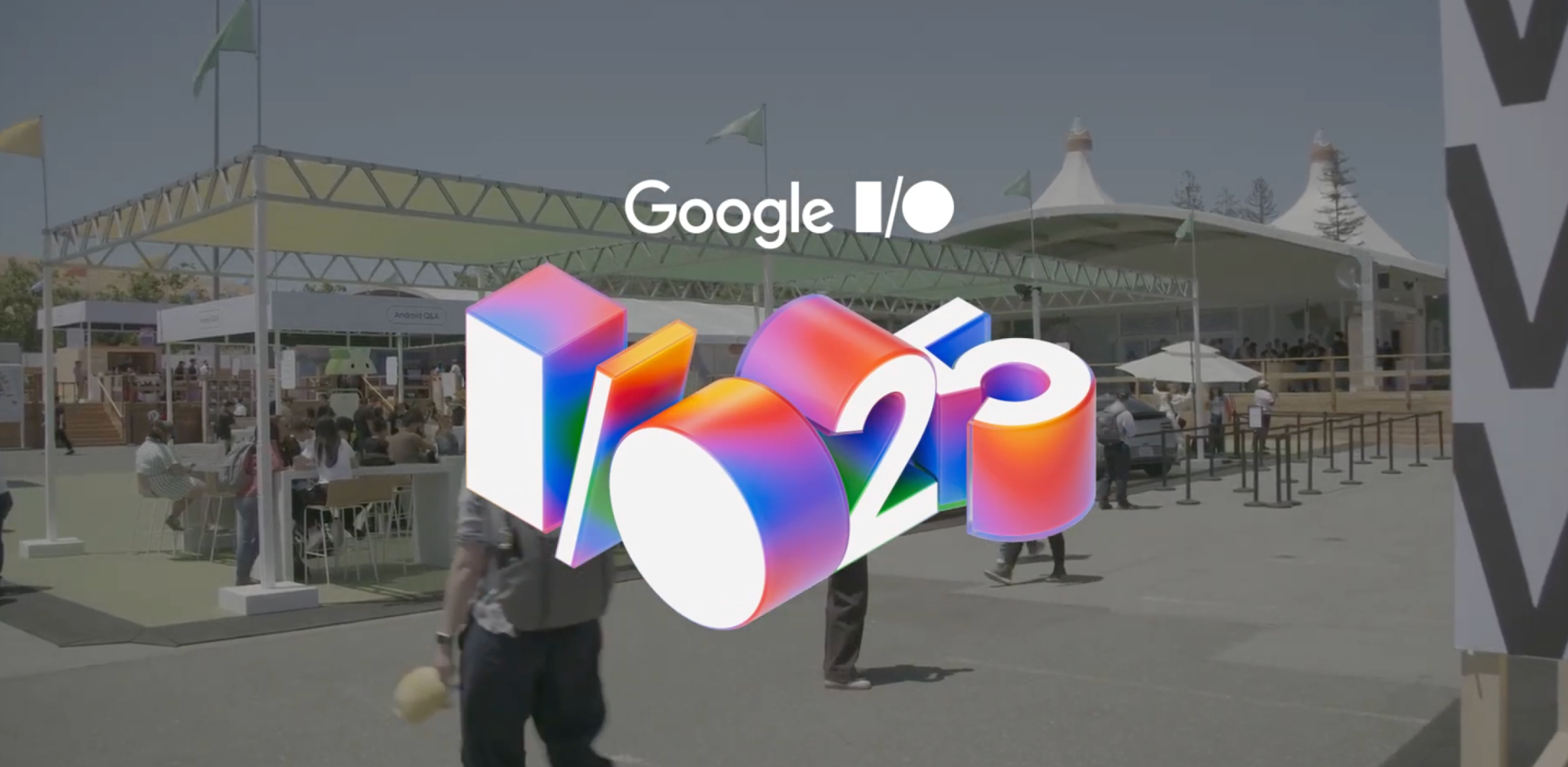When Designing for Possibility, Turn Daunting into Delightful

The majority of us are working with AI in some capacity now. The novelty of “powered by AI” has started to fade, and what matters more is how those experiences actually feel. As we continue to create brand experiences with or about AI tools, it’s less about showcasing what is, and more about designing for what could be, at the intersection of simplicity, delight and play.
While there will always be the technically curious, most people don’t start with “how does it work?” They start with “What can it do for me?” It’s like buying a car: you’re sold on how it feels to drive or imagining where it might take you, not how the transmission operates.
That feeling of possibility often stems from play as a powerful catalyst of learning. It stokes curiosity to help people understand intimidating ideas simply by leveraging clear and familiar interactions, with feedback that can be seen, heard and felt. That’s what makes complexity feel effortless and gives people the confidence to be playful, experiment and even make happy accidents along the way. When creating experiences for brands, playfulness and delight are critical parts of designing experiences that transform intimidating, complex concepts into something intuitive and human.
Design for discovery, not for demonstration.
We recently put this philosophy into practice at Google’s annual developer conference, Google I/O 2025, where we were challenged to imagine some of their latest innovations as a playground for guests to learn and discover. This meant a shift away from direct product screen-based demos toward interactive environments that encouraged both individual and group engagement.
The goal is never to force-feed information, but to create a playground that encourages natural, intuitive exploration. It’s about predicting all the tools a user will need and then trusting in their own behavior to figure out the rest. By leaving a little bit unknown, we create space for those “happy accidents” that spark genuine delight. The real magic isn't in explaining an underlying system, but in facilitating a hands-on, joyful act of co-creation.
Prioritizing the experience is crucial, and it challenges a potential pitfall: the assumption that a technical audience requires a technical interface. While the I/O audience is full of brilliant developers, a simple, intuitive design creates a more powerful point of entry for everyone. When you flood an experience with information or choice upfront, it can be paralyzing. An intuitive design, by contrast, opens the door to a more meaningful conversation. Even the most abstract concepts can be made approachable by translating them into familiar patterns and playful interactions.
A familiar metaphor can make any technology approachable.
Our collaboration began when Google’s team came to us with Lyria RealTime, a powerful music generation model that “allows anyone to interactively create, control, and perform music in the moment.” Inspired by the familiar format of a mixing board, we paid particularly close attention to endless encoders as the core mechanism for our musical playground. Seeing how they resembled stools, we designed each one to function as a giant, interactive controller for a specific musical layer. Sitting down would allow users to select different instruments or genres, while spinning the stool would adjust how much that sound influenced the overall mix. Anyone, with or without musical experience, could manipulate the sound, collaborating with strangers to create a unique track in real time.
We applied the same principles of making complex ideas delightful and understandable to something even more abstract: quantum computing. In particular, how do you make sense of a concept like superposition in under two minutes? Get lost in a maze.
The experience came to life in a retro arcade cabinet, featuring a game that contrasted two modes of problem-solving. First, players navigated the maze as a human (or a very slow computer) would, exploring one linear path at a time. Then, they saw how a quantum computer would solve it by traversing all potential paths simultaneously in a beautiful, fluid simulation. To deepen the challenge, we wove learning into the gameplay by hiding essential tokens throughout the maze. Each one revealed a surprising fact about quantum mechanics, making discovery a core part of progressing through the experience.
The real magic isn't in explaining an underlying system, but in facilitating a hands-on, joyful act of co-creation.
Intuitive design doesn't just apply to complex technology, but to the exploration of environments as well. Here, the challenge wasn't software or quantum concepts but exciting the passion that I/O conference attendees had for Google. To celebrate this, we created Adventure Quest, turning the entire venue into a playground for discovery with a scavenger hunt.
Using a simple, web-based app that required no downloads, attendees explored the area to find hidden landmarks scattered around the event. Scanning each marker unlocked fun facts and earned them surprise rewards. This experience needed no instructions; it gave attendees a gentle, engaging path through the chaos, turning potential information overload into a delightful challenge. The magic moment was seeing how this simple framework sparked massive enthusiasm: people were so eager they were searching for the landmarks before the event even officially began, and soon, lines were forming across the venue with everyone wanting to join in.
To deliver delight, build trust and protect the creative vision.
Every project presents its own set of unique challenges. To navigate them, our work was guided by a set of core principles for turning ambitious ideas into physical, delightful experiences.
Constraint is a catalyst to creativity. We treated the project's constraints not as limitations, but as a creative kick-starter. With a defined timeline and budget, every decision had to be intentional and economic—from the earliest design concepts, to each round of feedback, to the use of every inch of build materials. This discipline forced a focus that stripped away the extraneous, leaving only the most powerful and effective ideas on the table. As a result, the project’s scope grew not from a place of excess, but because the solutions born from this intentionality were too smart and compelling to ignore..
Less is more. Editing in experience design is an exercise in elegant restraint . Every project lives in a delicate balance between a product team’s ambition to show off every technical detail and the user’s fundamental need for an experience that isn’t overwhelming. Adding one more button or one more technical detail can be the thing that overwhelms a user and prevents them from ever starting. Our job is to be the advocate for the user, simplifying the experience to its joyful essence while still honoring the power of the technology.
Build trust through close collaboration. The creative risks we took were possible because of the trust we’ve built with Google through years of close collaboration. That trust is forged in a deeply collaborative partnership, where we work with our clients to solve challenges and build ideas together. This relationship is our most valuable asset, giving us a shared confidence to explore unconventional paths and turn them into reality.
Make the leap from render to reality. How do you convey a joyful, physical experience before it can be tangibly experienced? It's difficult to capture that magic in a digital mockup; a 3D render can’t fully communicate the delight of actually spinning and hearing the music change in response. There's a gap between the digital plan and the physical reality. This is where trust becomes paramount. Our clients have to trust our vision through the digital design phase. The ultimate payoff is seeing that trust validated when they finally get to play with the physical prototype and say, “I totally get it now.”
Play forges the most direct path to learning.
Ultimately, these experiences reinforce a core belief: the key to unlocking even the most complex technology lies in making it intuitive, interactive, and, most importantly, playful. By leading with human-centric design patterns—a game, a musical instrument, a treasure hunt—we create on-ramps that invite everyone in, regardless of their technical background.
This approach reminds us that showcasing technology isn't just about what it can do, but about how it makes us feel. By focusing on curiosity and play, we can create more meaningful and memorable connections between people and the innovations that shape our world.
Related
Thinking
Sharpen your edge in a world that won't wait
Sign up to get email updates with actionable insights, cutting-edge research and proven strategies.
Monks needs the contact information you provide to us to contact you about our products and services. You may unsubscribe from these communications at any time. For information on how to unsubscribe, as well as our privacy practices and commitment to protecting your privacy, please review our Privacy Policy.



